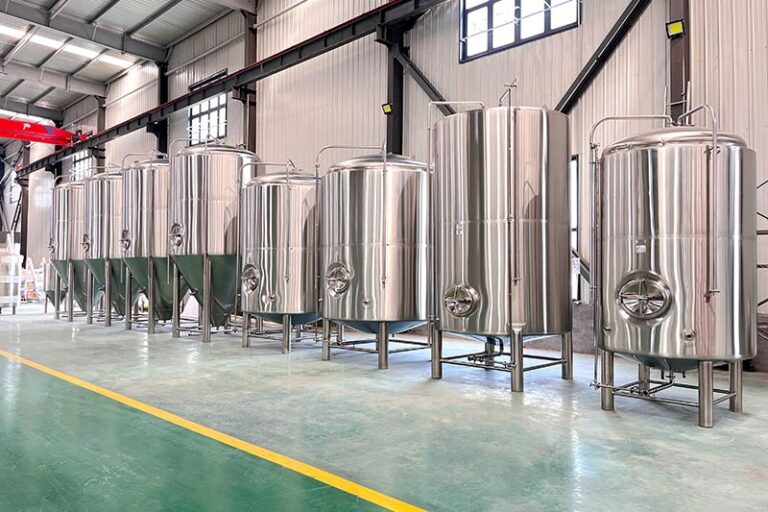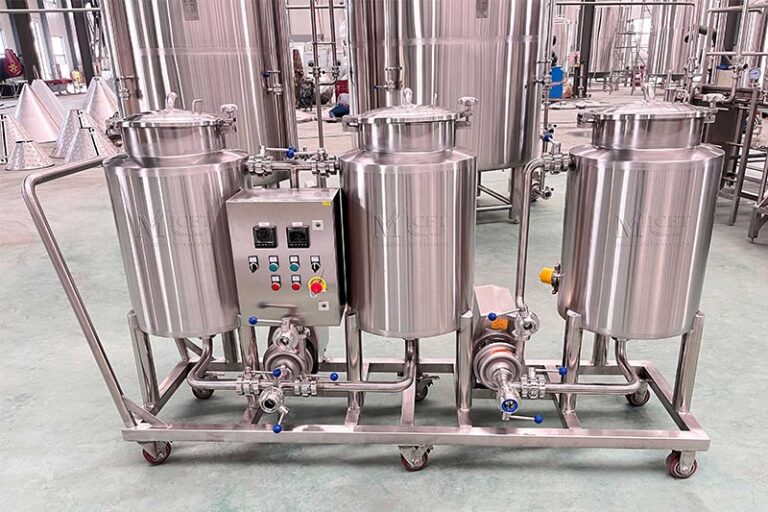Table of Contents
Why Clean and Sanitize Brewery Equipment?
Because no one wants microbial invasion ruining their beer! Regular cleaning and sanitizing of your brewing and fermentation equipment is essential to ensure the quality and safety of your preparations. Unwanted microorganisms can grow on equipment that has not been cleaned and disinfected. This can affect the quality of the fermentation and even lead to health risks.
It is also important to maintain a good level of hygiene to promote the growth of the microorganisms required during the fermentation process (lactic acid bacteria, yeast, koji, etc.) and to avoid competition between the culture and undesired microorganisms.
In some cases, cleaning alone may be enough to drop potential contaminants, while in other cases, disinfecting the equipment is necessary. This will prevent any risk of contamination and ensure a successful fermentation.

How to keep brewery equipment clean?
Soak small equipment
Kettle
- A quick rinse of my kettle with a brewery sprayer to remove excess sludge and pour it down the drain.
- Fill the kettle with water (enough to cover the filter and false bottom, set the filter to approximately 150°F, and add the recommended amount of brewery cleaning solution. Recirculate or stir to combine.
- After heating, turn off the element and let the kettle soak overnight.
- The next day, I dumped the kettle, flushed the entire system with fresh hot water, and was ready to brew again. Never had to scrub anything, even the charred heating element.
Fermenter
Whether it’s a plastic keg, a glass carboy, or a stainless steel conical keg, it should be hot-soaked in a beer cleaning solution after each batch. Barrel fermenters are great because you can fill them with small parts and then fill them with hot water and a cleaning solution and clean the fermenter itself and all the parts.
Larger conical fermenters only make sense for CIP with spray balls. Spray balls are pump-driven cleaning devices that spray high-pressure water/cleaning agents inside a closed container. This is an easy way to make sure every interior surface of your fermenter is soaked or wiped with cleaner. Pressure and water can also help break down more stubborn clausen. CIP is very effective and also saves water.
A pump and pipes are used to circulate hot brewery cleaning fluid from the bottom pour valve to the top of the fermenter. This works great for cleaning water tanks, which can be harder to clean due to their larger size. Once you start using a fermenter larger than 20 gallons, CIP is the only practical cleaning method.


